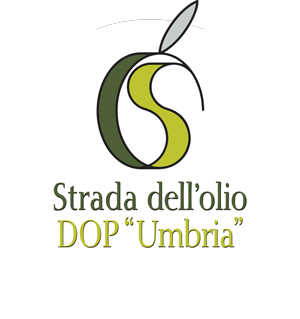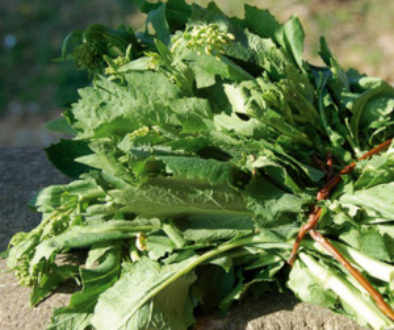The use of wild celery, from which the cultivated variety derives, dates back to the 5th century B.C., but it is believed that it began to be used in homes in the Middle Ages. The plant, rich in vitamins (PP,C,E) and minerals has diuretic and digestive properties. The “black” variety of celery has been grown in the Canapine area (near Clitunno) since the 17th century, the age in which Cardinal Ludovico Valentini, the bishop of Rimini, ordered improvement work to be performed in the area. The elimination of the swamplands led to the expansion of black celery farming, a vegetable which was soon sold widely in markets throughout Italy. In keeping with the tradition, black celery is sown the day before Easter and is allowed to germinate until the stalk is at least thirty centimetres in height. Then, the plants are continuously propped up by hand until the vegetable grows large stalks by the end of the autumn. This vegetable, often enjoyed raw and drizzled with olive oil, has been eaten since 1965 at the country festival held in this vegetable’s honour in late October.
Description
Etiolated stems (stalks). Intense aroma
Growing area
Town of Trevi.



